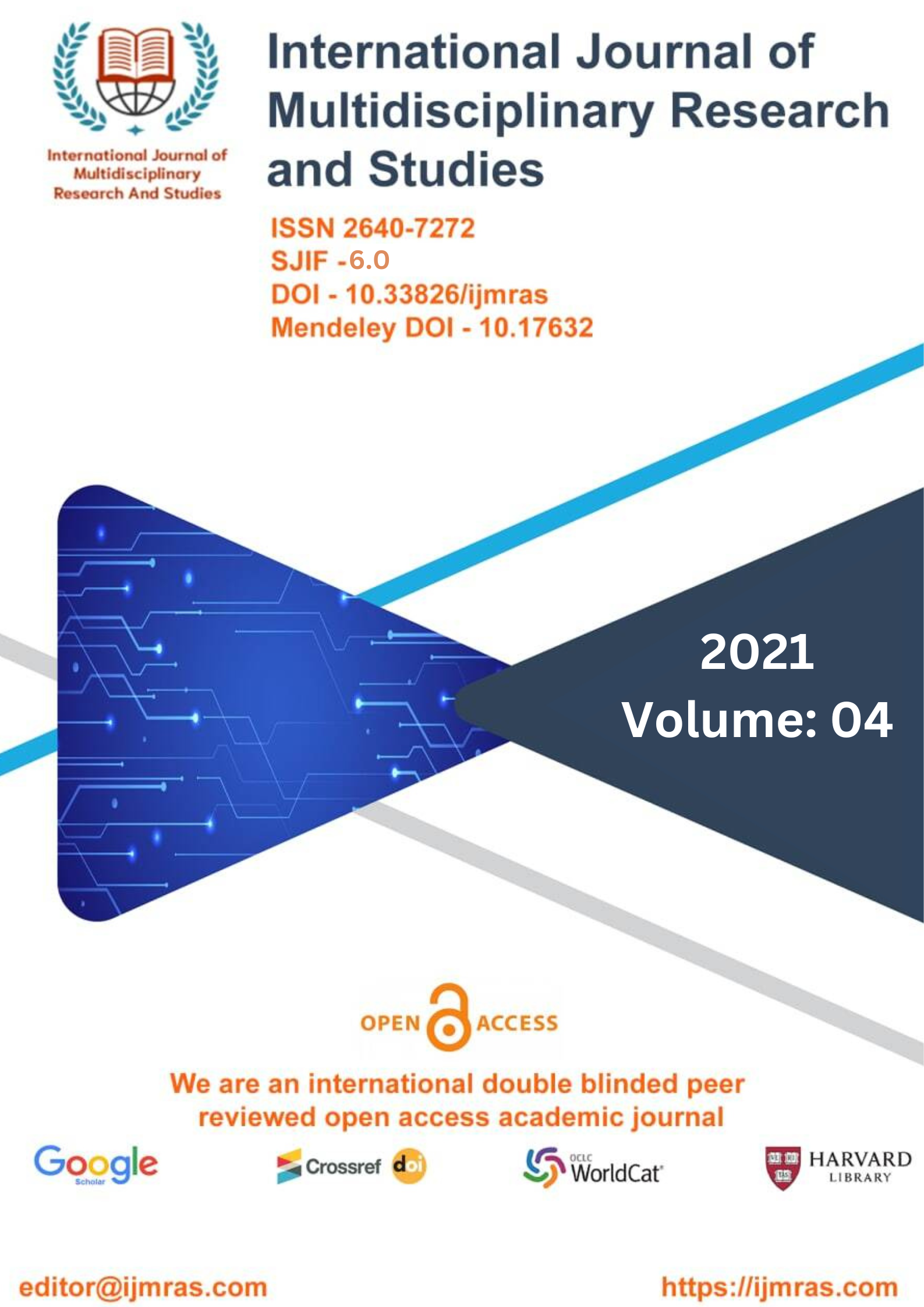LIBRARY TECHNOLOGICAL CHANGE MANAGEMENT

Abstract
The other purpose of this study is to assist in the identification of such libraries. The findings of an exploratory survey that were carried out on behalf of the United States Agricultural Information Network (USAIN) Technology Trends Interest Group are presented in this paper. The major purpose of the study was to compile a list of current, forthcoming, and newly developed information technologies that are being used in agricultural library collections. One of the secondary goals was to find people who would be willing to act as a resource to help encourage cooperation and the sharing of knowledge on certain technologies. The knowledge that pertains to agriculture is a significant component that interacts with the other aspects of production. It is arguable that the productivity of these other components, such as land, labour, capital, and management competence, may be increased by information that is pertinent, trustworthy, and helpful. Farmers are able to improve their decision-making by using the information that is provided through extension1, research, education, and agricultural organizations.
Keywords
Library, TechnologicalHow to Cite
References
ACRL.“TheInformationLiteracyCompetencyStandardsforHigherEducation.”AmericanLibraryAssociation/AssociationofCollegeandResearchLibraries.2000.AccessedApril26,2011.http://www.ala.org/ala/mgrps/divs/acrl/standards/standards.pdf.
ACRL-S&T.“Information Literacy Standards for Science andEngineering/Technology.”AmericanLibraryAssociation /AssociationofCollegeandResearchLibraries2006.AccessedMay23,2011.http://www.ala.org/mgrps/divs/acrl/standards/infolitscitech.cfm.
Aharony,Noa.“Informationliteracyintheprofessionalliterature:anexploratoryanalysis.” AslibProceedings: NewPerspectives 62,no.3(2010):261-282.[Emerald].AccessedFeb.11,2011.http://www.emeraldhindsight.com.[DOI:10.1108/00012531011046907].
ANZIIL.“AustralianandNewZealandInformationLiteracyFramework:principles,standardsandpractice.”[Editor:AlanBundy].2 nded.AustralianandNewZealandInstituteforInformation Literacy .2004.AccessedApril27,2011.
http://www.citeseerx.ist.psu.edu/viewdoc/download?doi=10.1.1.98.3489.pdf.
Bhatti,Rubina.“UserEducationProgrammesintheJohnRylandsUniversityLibraryofManchester: A Case Study.” PakistanJournalofLibraryandInformation Science8(2007):49-62.AccessedMarch2,2011.http://www.pu.edu.pk/dlis/pjlis.
Buer,ViscountB.“TeachingofInformationLiteracyasaCredit-BearingCourseatTwoGhanaianUniversities:aComparativeStudy.”PakistanJournalofLibraryandInformation Science(2010).AccessedNov.1,2010.http://www.pu.edu.pk/dlis/pjlis.
Cannon,Kelly,andJenniferJarson.“InformationLiteracyandWritingTutorTrainingataLiberalArtsCollege.”CommunicationsinInformationLiteracy3,no.1(2009):45-57.AccessedJan.6,2011.
http://www.comminfolit.org/index.php/cil/article/view/Vol3-2009AR3/83.
Catalano,AmyJo.“UsingACRLStandardstoAssesstheInformationLiteracyofGraduateStudentsinanEducationProgram.”EvidenceBasedLibraryandInformationPractice5,no.4(2010):21-38.AccessedMay15,2011.
License
Copyright (c) 2021 Nanda Kumari

This work is licensed under a Creative Commons Attribution 4.0 International License.
Individual articles are published Open Access under the Creative Commons Licence: CC-BY 4.0.



